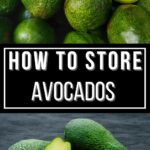Whether you want to know how to store avocados because you’re trying to keep your avocados fresh for days or for even weeks. There are several tips and tricks that can help extend their lifespan. In this article, we’ll explore the best methods for storing avocados. From understanding when an avocado is ripe to learning how to prevent browning, we’ve got the answers. So if you’re ready to take your avocado game to the next level, read on!
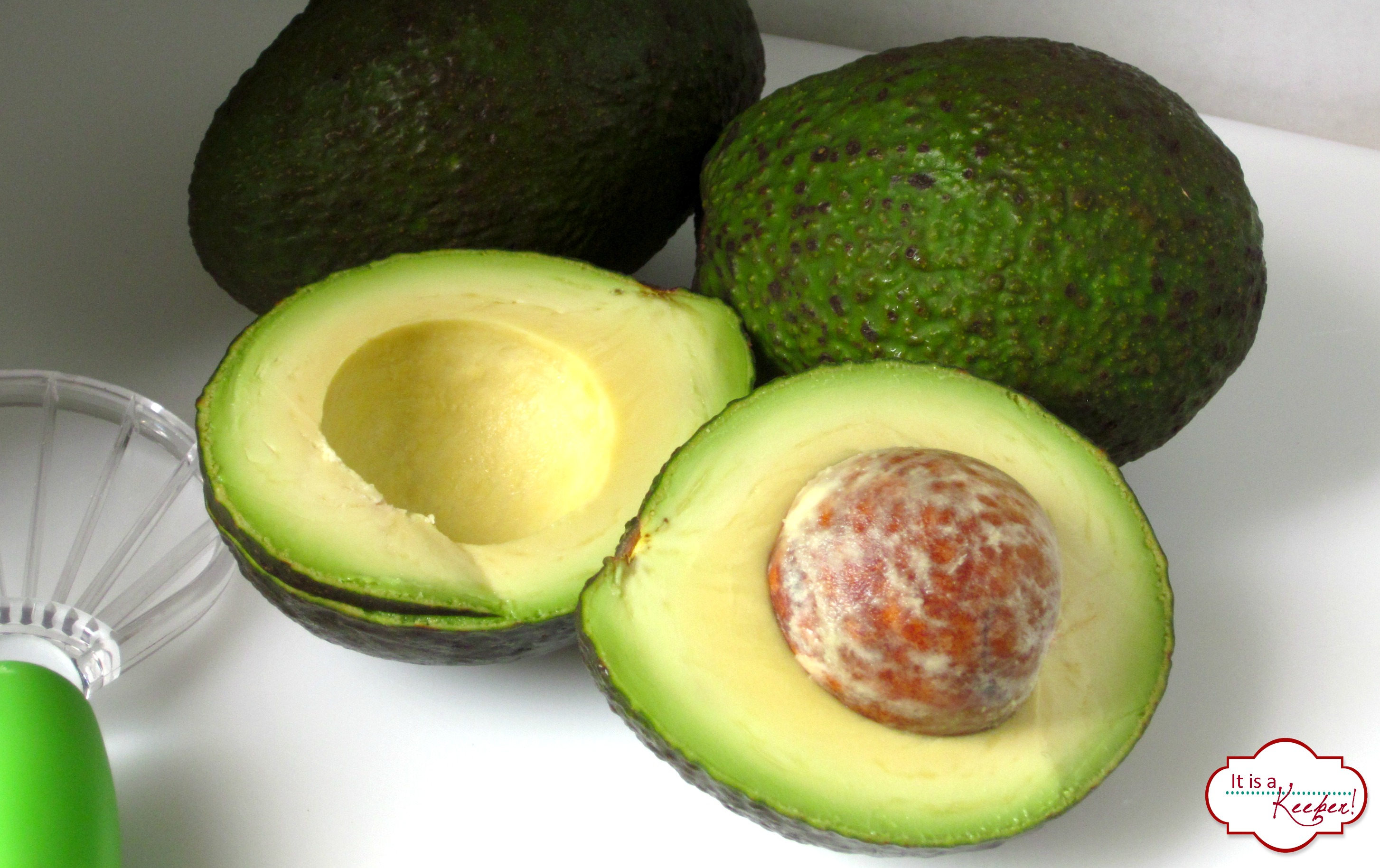
SAVE THIS RECIPE!
Enter your email below and we’ll send this recipe straight to your inbox.
Avocados are a popular and versatile fruit that you can use in everything from guacamole to smoothies. However, once you cut into an avocado, it can quickly turn brown and become unappetizing. That’s why knowing how to store avocados is essential to keep your avocados fresh.
Whether you’re a fan of avocado toast or just love eating them as a snack, learning how to store your avocados properly will help you get the most out of this popular fruit. This fruit packs a nutritional punch, check out Healthline as they detail 7 benefits to eating them!
If you’re looking for recipes that use avocados, try these Bacon Avocado Grilled Cheese with Garlic Aioli, Sweet Potato Appetizer with Bacon and Avocado, and Easy Chunky Guacamole.
Why We Love Avocados
Versatile: Avocados are one of the most versatile fruits that you can find in any grocery store. You can add to a wide variety of dishes ranging from smoothies to guacamole. In order to enhance their flavor and nutritional value. Avocados have healthy fats, fiber, vitamins, and minerals that make them an excellent addition to any diet.
Freezer Friendly: Avocados can be frozen to prolong their life. As avocados ripen quickly, freezing them is a great way to keep them stored for longer. We will discuss below just how to properly freeze and store cut avocados!
What is Avocado?
Avocado is a fruit that has been gaining popularity in recent years as a superfood due to its numerous health benefits. It is native to Mexico and Central America, where it has been grown for thousands of years. The avocado tree produces pear-shaped fruits with a tough outer skin and creamy flesh inside.
One thing that sets avocados apart from other fruits is their high-fat content. However, unlike the saturated fats found in meat and dairy products, the fats in avocados are mostly heart-healthy monounsaturated fats that can help lower cholesterol levels. They also contain plenty of fiber, vitamins C and K, potassium, and antioxidants.
Aside from being highly nutritious, avocados are also incredibly versatile when it comes to cooking. Mash into guacamole or spread on toast as a healthy breakfast option.
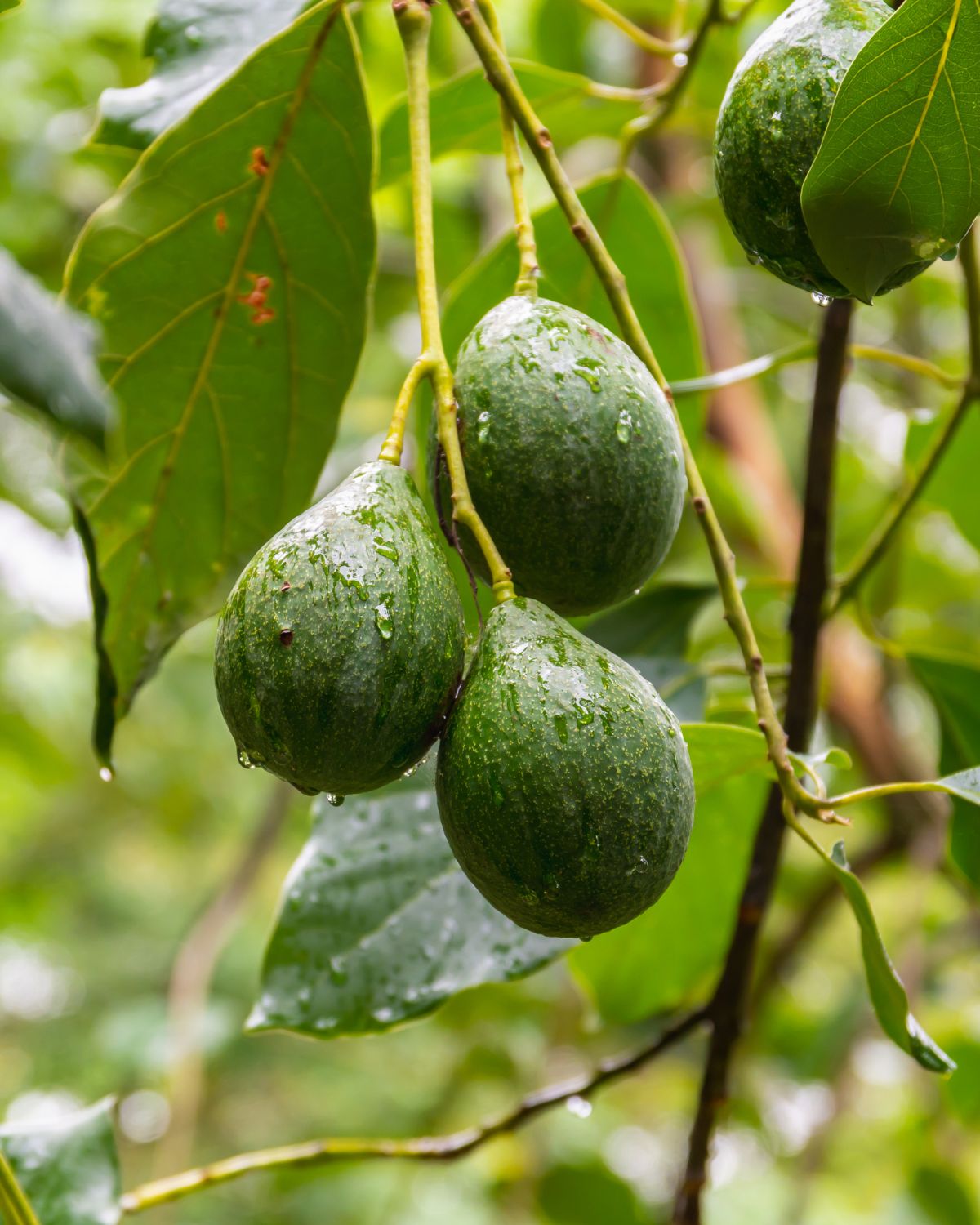
Types of Avocado
- Type 1: The Hass avocado is the most popular type of avocado. This variety has a dark brown or blackish skin when ripe and has a buttery texture with an excellent nutty flavor.
- Type 2: The Fuerte avocado is another variety that originated from Mexico but is now produced in California as well. This type has smooth green skin that turns darker when ripe; it’s larger than the Hass variety and has thicker flesh.
Benefits of Avocado
- Benefit 1: Avocados are full of heart-healthy monounsaturated fats which help lower bad cholesterol levels in the body. This means they can help reduce the risk of heart disease and stroke.
- Benefit 2: Avocados are high in fiber which promotes digestion and gut health while also keeping you feeling full for longer periods of time.
- Benefit 3: Avocados are an excellent source of vitamins C, E, K, and B6 as well as potassium and folate. These nutrients have been found to boost immunity against infections while also supporting healthy skin, eyesight, and brain function.
Way to Store Whole Avocados
You can freeze avocados, refrigerate avocados, or leave them on the counter. Knowing how to properly store avocados is essential in making sure you use them before they spoil!
These are the basic steps for How to Store Avocados. Refer to the full, printable recipe card below for detailed instructions.
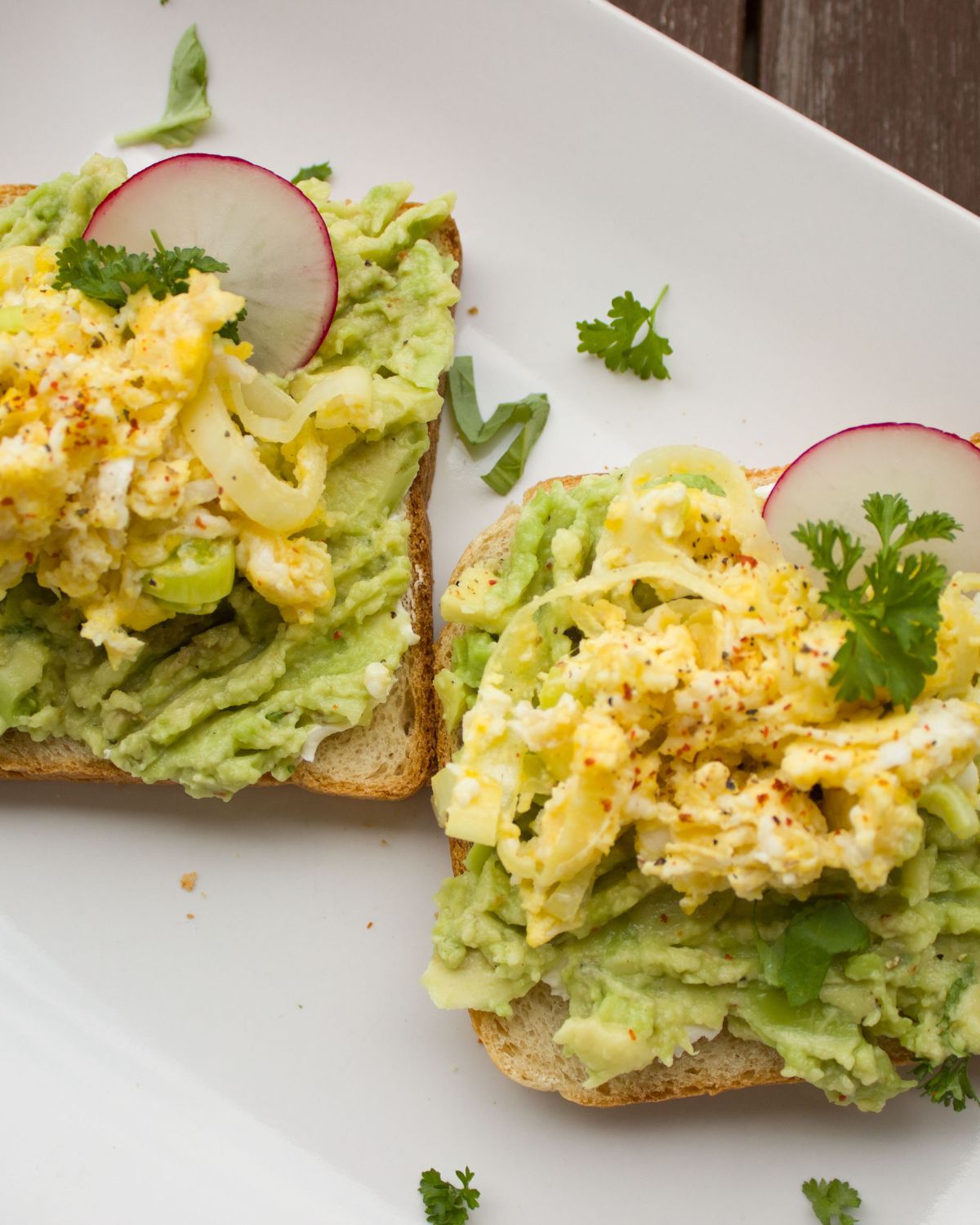
Freezing Avocados
If your avocado is whole, wrap it tightly with plastic wrap and place it in the freezer.
If your avocado is cut in half, brush it with some lemon or lime juice, wrap it tightly with plastic wrap, and place it in the freezer.
Avocado in the Fridge
Ripe: If you have cut the avocado, it’s important that it goes in the refrigerator before it goes bad. Spread some lemon or lime juice on each half and wrap in plastic wrap or place in an air-tight container so it is ready to eat.
If it’s not cut, the refrigerator will slow down the ripening process, keeping it ready to eat for longer.
Unripe: Don’t lose hope if you cut open an unripe avocado. Simply add some lemon or lime juice to the flesh, reassemble the two halves, wrap it tightly with plastic, and refrigerate. Monitor its ripening progress regularly.
Other Storage Methods to Keep Avocados Fresh
If your avocado feels hard, you can leave it out on your countertop to ripen naturally. Ideally, store this green fruit at room temperature, out of the way of direct sunlight. Over the next 4-5 days, your avocado will ripen and be ready for you to make your favorite recipes.
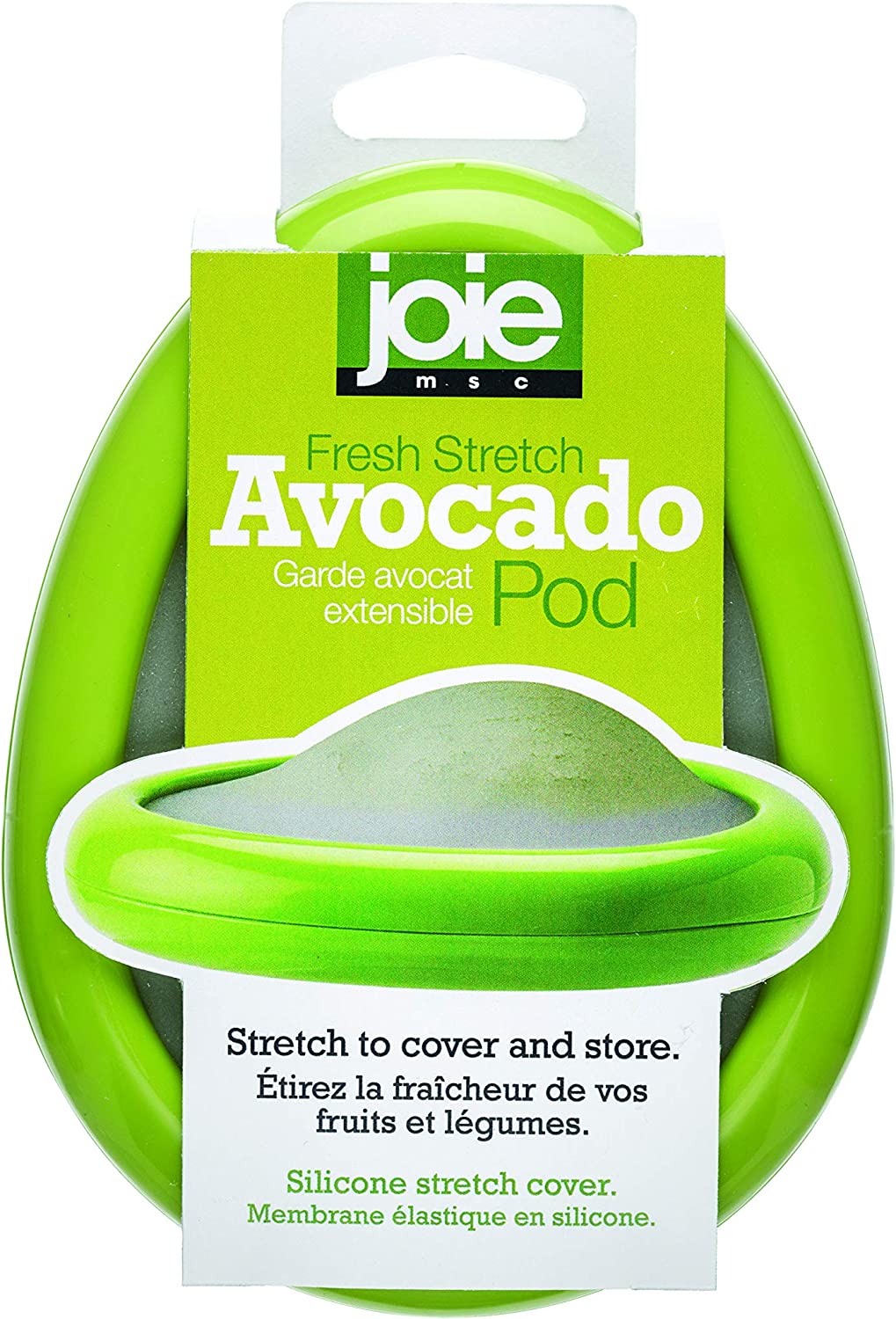
Avocado FAQs
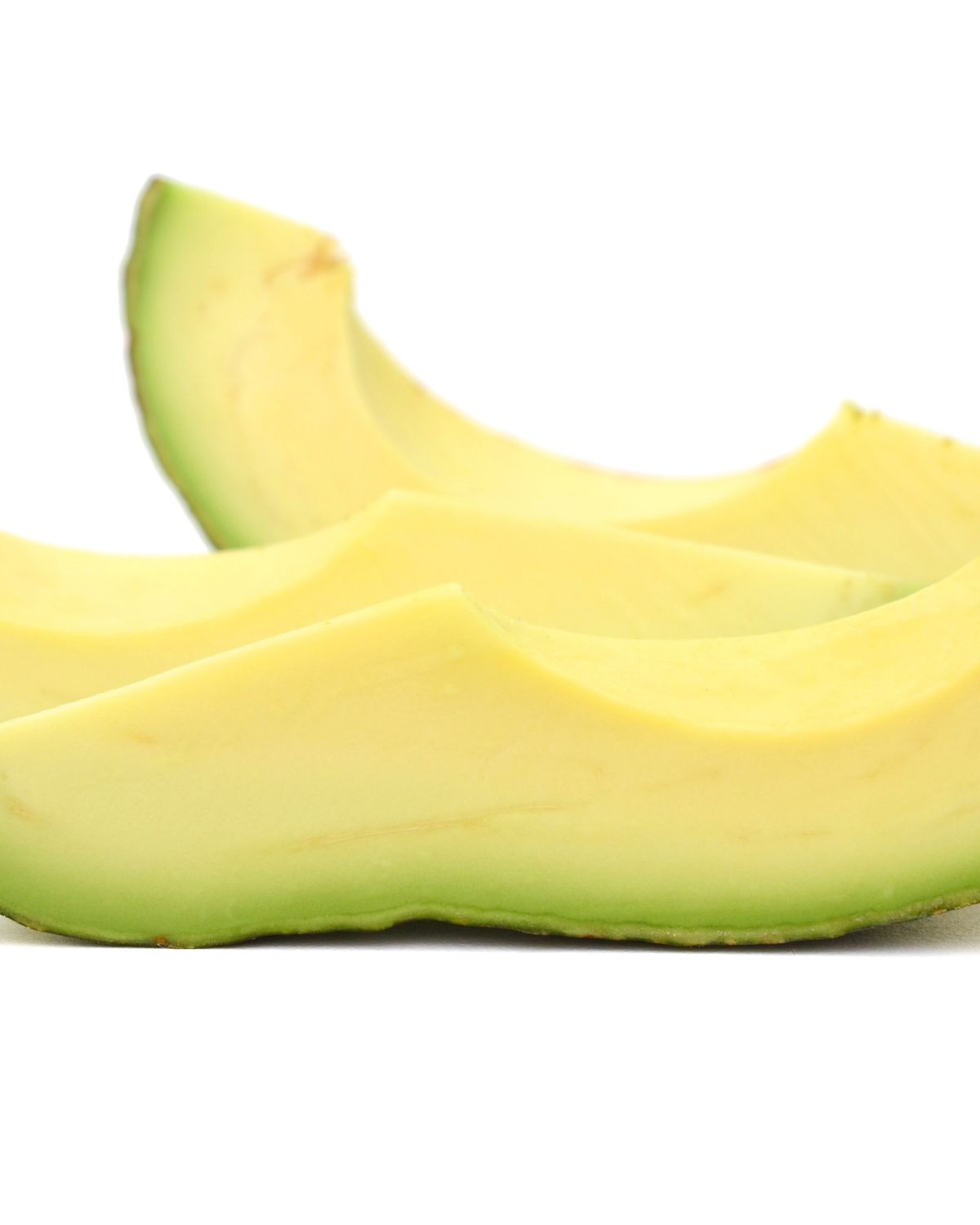
Expert Tips for Preventing Avocados From Browning
- Tip 1: Lemon or lime juice. These acids such as citric and ascorbic acid found in lemon juice, help lower the pH of avocados and decrease the enzymatic activity, keeping them from turning brown. Just brush some on each side of your avocado.
- Tip 2: If you don’t want to use lemon or lime juice, brush the avocado’s flesh with an olive oil that doesn’t have a strong taste. The oil keeps air from touching the part of the fruit. This prevents oxidation and all the ugly brown streaks.
- Tip 3: You will know when your avocados are rotten if they’re mushy when squeezed, brown or moldy inside, and have developed rancidity or a sour smell. You may be able to save part of the fruit if it’s just starting to brown inside and the rest of the fruit looks, smells, and tastes fine.
Avocado Recipes to Try
- Bacon Avocado Grilled Cheese with Garlic Aioli
- Sweet Potato Appetizer with Bacon and Avocado
- Easy Chunky Guacamole
⭐️ ⭐️ ⭐️ ⭐️ ⭐️
Did you try this?
Please leave a star rating and review below!
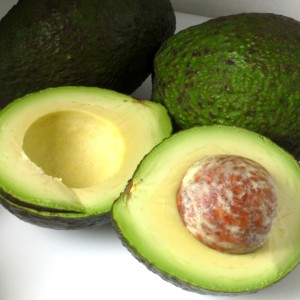
How to Store Avocados
Equipment
- 1 Plastic Wrap
Materials
- 1 whole avocado
- 1 whole lemon juice
Instructions
- Freezing AvocadosIf your avocado is whole, wrap tightly with plastic wrap and place in the freezer.If your avocado is cut in half, brush it with some lemon or lime juice, wrap tightly with plastic wrap, and place in the freezer.
- Refrigerating AvocadosRipe: If you have cut the avocado, it’s important that it goes in the refrigerator before it goes bad. Spread some lemon or lime juice on each half and wrap in plastic wrap or place in an air-tight container.If it’s not cut, the refrigerator will slow down the ripening process, keeping it ready-to-eat for longer.Unripe: Don’t lose hope if you cut open an unripe avocado. Simply add some lemon or lime juice to the flesh, reassemble the two halves, wrap it tightly with plastic, and refrigerate. Monitor its ripening progress regularly.
- Other Storage MethodIf your avocado feels hard, you can leave it out on your countertop to ripen naturally. Ideally, store this green fruit at room temperature, out of the way of direct sunlight. Over the next 4-5 days, your avocado will ripen and be ready for you to make your favorite recipes.
Expert Tips
Expert Tips for Preventing Avocados From Browning
- Tip 1: Lemon or lime juice. These acids such as citric and ascorbic acid found in lemon juice, help lower the pH of avocados and decrease the enzymatic activity, keeping them from turning brown. Just brush some on each side of your avocado.
- Tip 2: If you don’t want to use lemon or lime juice, brush the avocado’s flesh with an olive oil that doesn’t have a strong taste. The oil keeps air from touching the part of the fruit that’s been exposed, preventing that oxidation and all the ugly brown streaks.
- Tip 3: You will know when your avocados are rotten if they’re mushy when squeezed, brown or moldy inside, and have developed rancidity or a sour smell. You may be able to save part of the fruit if it’s just starting to brown inside and the rest of the fruit looks, smells, and tastes fine.

